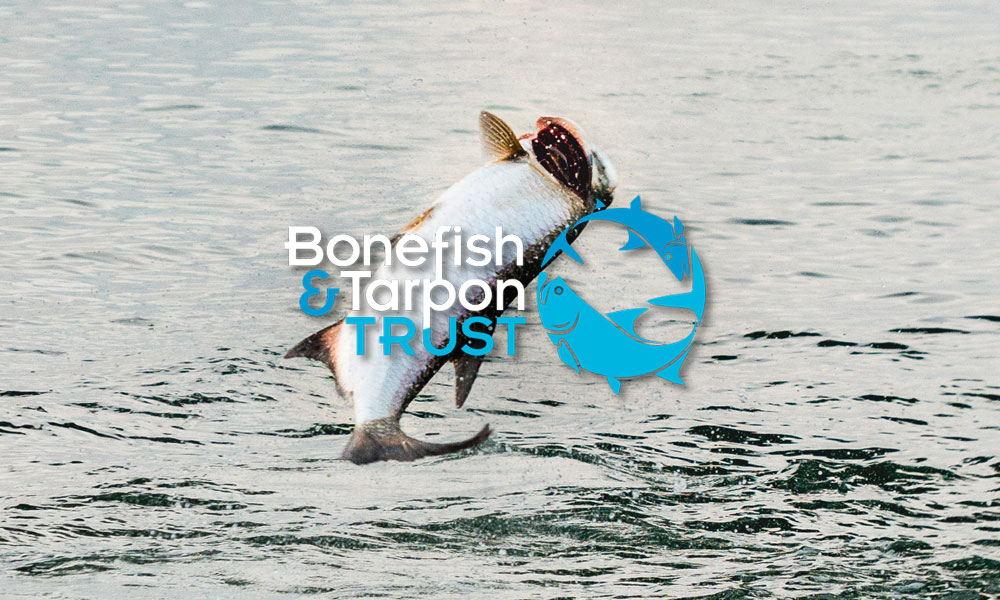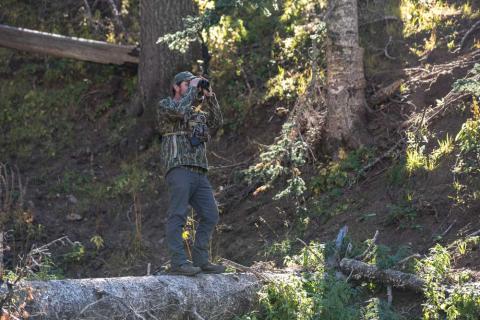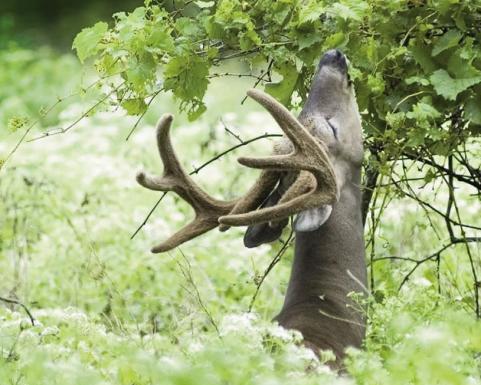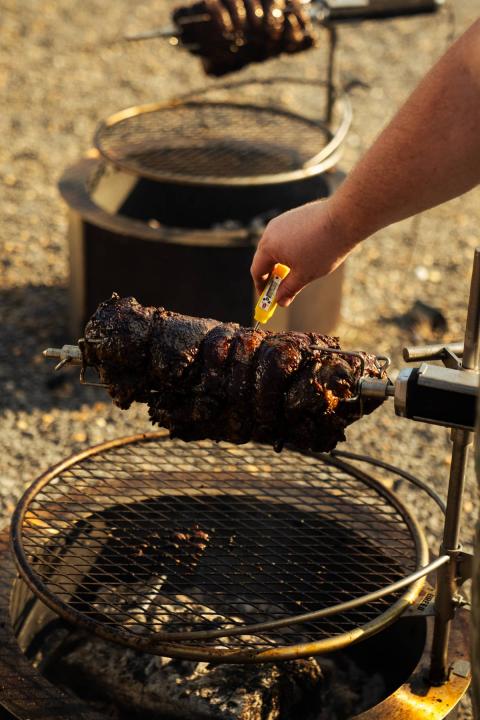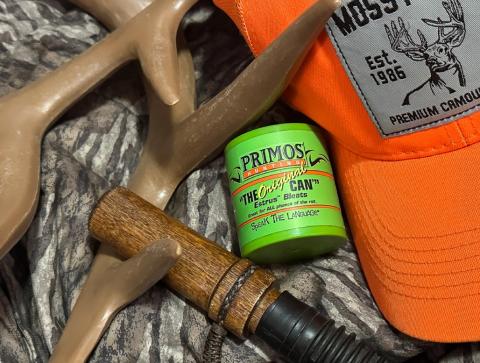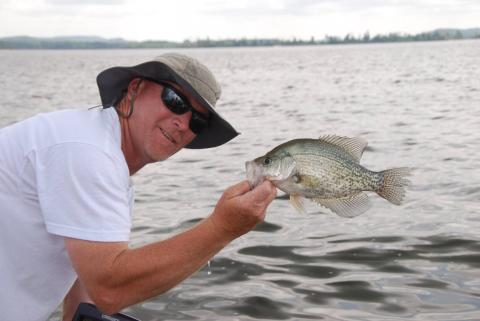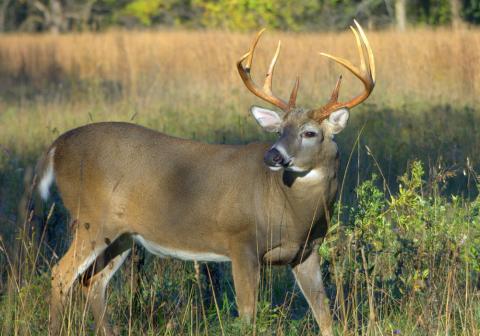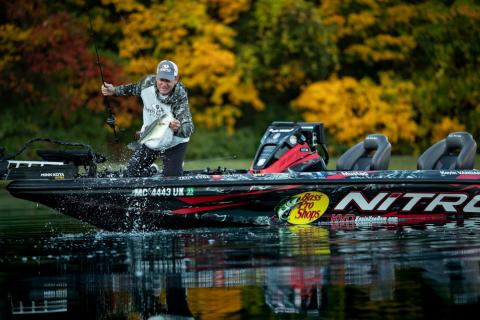An international non-profit organization based in Miami, Florida, Bonefish & Tarpon Trust (BTT) is focused on conserving bonefish, tarpon and permit — the species, their habitats and the larger fisheries they comprise. The organization, which pursues its mission through science-based conservation, education and advocacy, was founded in 1997 by anglers seeking to reverse the declines they were witnessing in bonefish and tarpon populations in the Florida Keys.
At Saltwater Gamekeepers
At Mossy Oak, we understand that our saltwater fisheries need gamekeepers, too. For instance, the 30 percent decline in adult tarpon is not due to overfishing but rather juvenile habitat degradation. The Bonefish and Tarpon Trust is working to better understand bonefish, tarpon and permit and how habitat degradation impacts their population. The more the BTT learns about that relationship, the more effective we can all be at restoring fisheries.
The Work Has Started
The work to protect the existing juvenile tarpon habitat and find the most effective means to restore juvenile habitat has already started. The adult population takes about eight years from the larva stage to when the tarpon is ready to join. Finding ways to protect and restore the habitat that protects young tarpon is vital.
BTT is currently monitoring three different design plans to restore juvenile ecosystems in South Florida, and they are:
-
Treatment One: Sill Access, Deep Hole
-
Treatment Two: Open Access Hole, Deep Mouth
-
Treatment Three: Sill Access, Shallow Marsh
These nursery habitats are typically calm backwaters with low dissolved oxygen content. Tarpon can surface for air and don't need oxygen-rich water to survive. BTT believes these young tarpons live in the nursery habitat for up to three years before moving to the estuary where they live a few years as sub-adults.
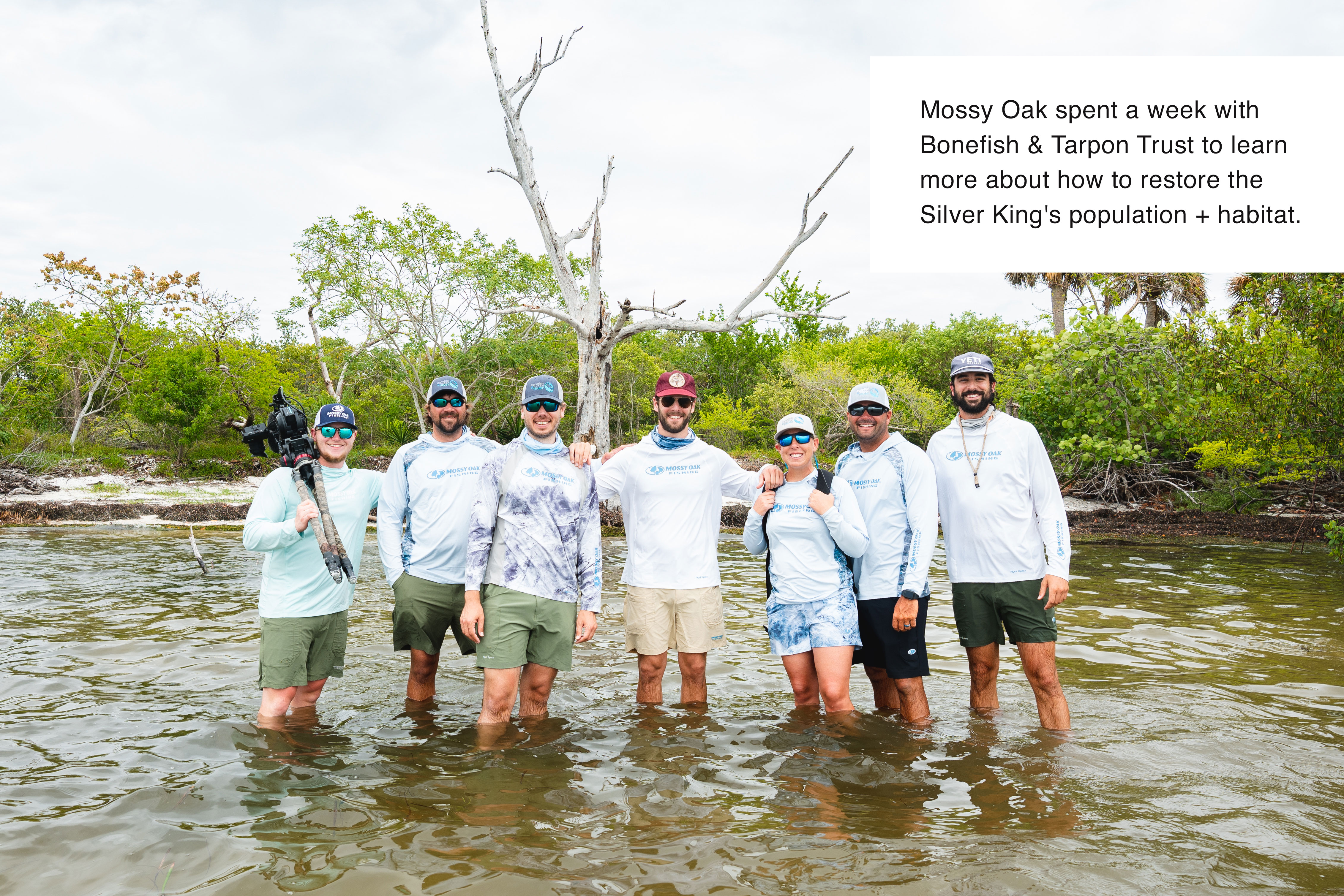
Early results are promising, as BTT is noticing more juvenile tarpon, and they are growing faster. Work will continue as BTT continues to monitor the three designs, but the effects are promising as satellite tagging indicates more young tarpon are joining the adult fishery.
Mossy Oak spent a week talking to BTT scientists about the organization’s efforts to restore important juvenile tarpon habitat in Florida to ensure healthy populations in the future. Watch our video above to learn more about the habitats and patterns of juvenile and adult tarpon.
The Work Continues
A 2015 project included capturing tarpon over 20 pounds and tagging them with an acoustic tag. Today, the acoustic tags allow researchers to monitor migrations of tarpon and better understand their movements. This research has helped states determine if regulations are needed for fish populations to ensure tarpon for future generations.
Today, BTT continues a comprehensive research and conservation program in the Keys and has expanded its work to other locations in Florida, and across the Caribbean basin to include staffed programs in the Bahamas, Belize and Mexico, as well as grant-funded research projects in Cuba and other locations.
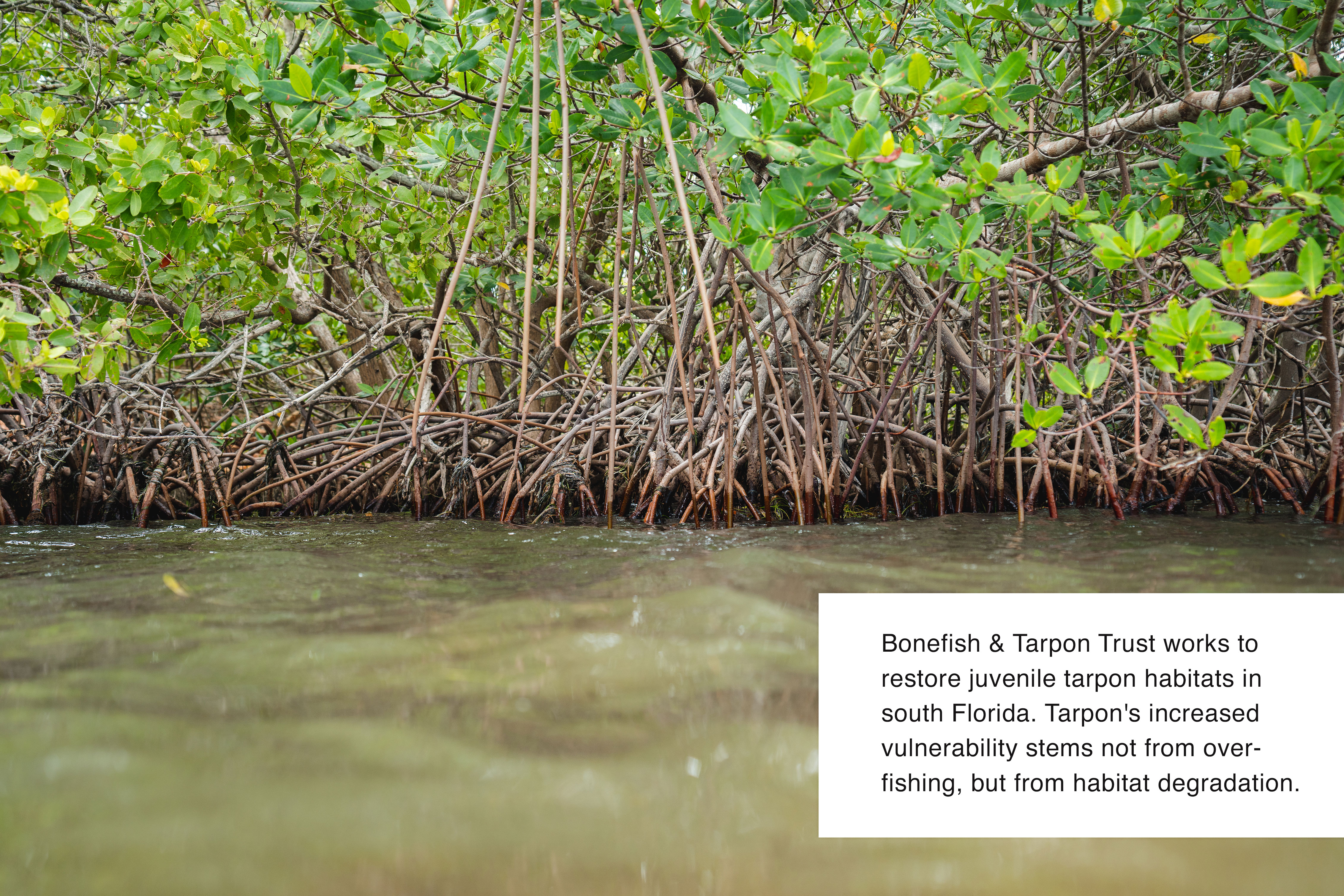
We Can Make a Difference
You can join forces with Mossy Oak in preserving and establishing new juvenile tarpon habitats in Southwest Florida by supporting the Bonefish and Tarpon Trust. Fishermen can also help by practicing safe catch and release practices. Guides can join BTT and help with their tagging efforts, and together we can preserve this natural resource by becoming Saltwater Gamekeepers.
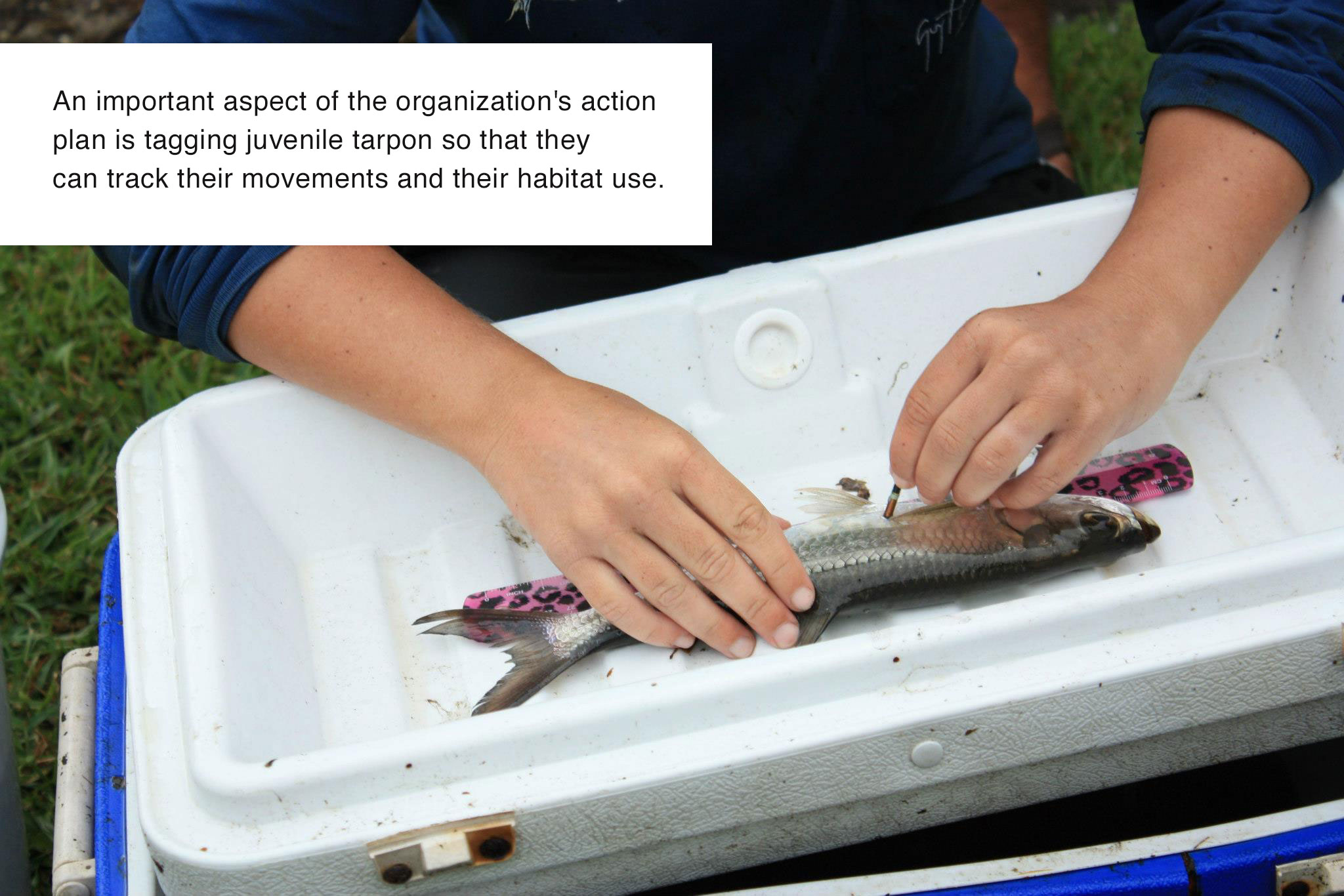
To get involved with Bonefish & Tarpon Trust, whether that's by becoming a member, donating or becoming a sponsor, visit their Get Involved page.
To get involved with Bonefish & Tarpon Trust, whether that's by becoming a member, donating, or becoming a sponsor, visit their Get Involved page.

